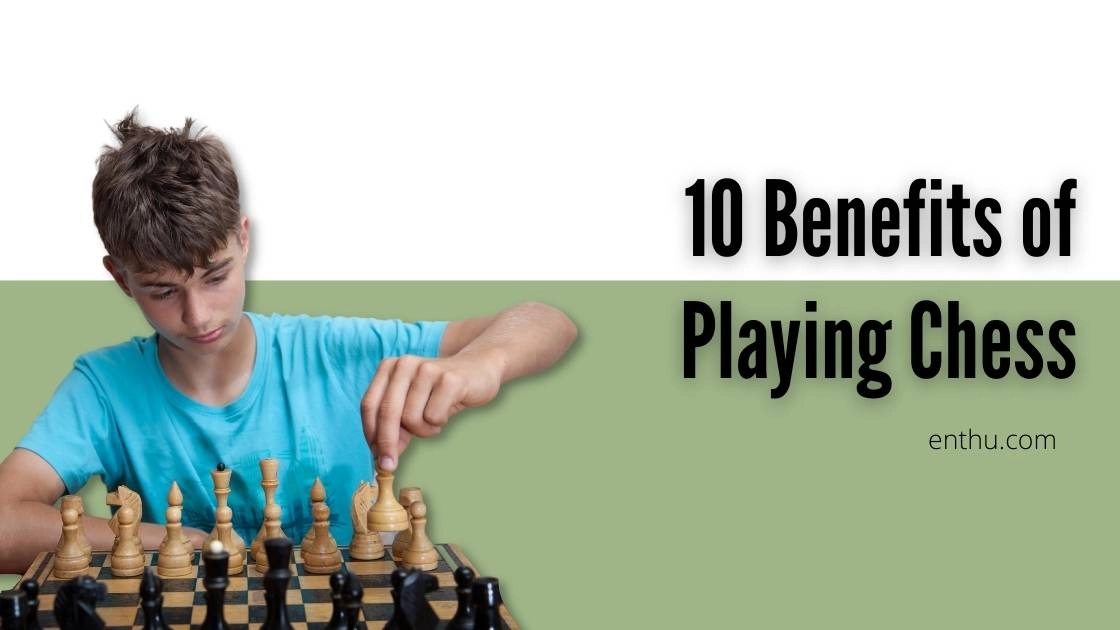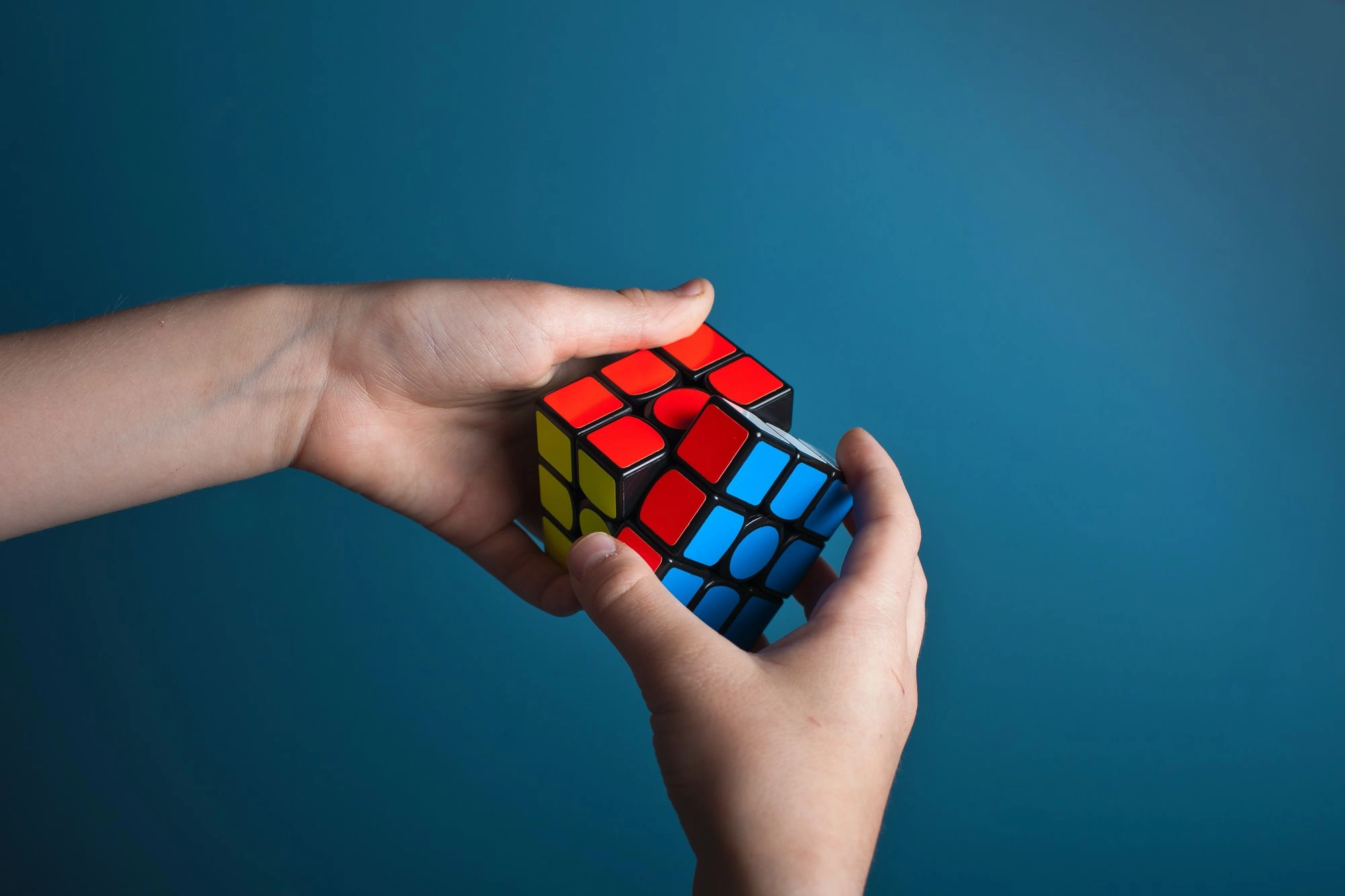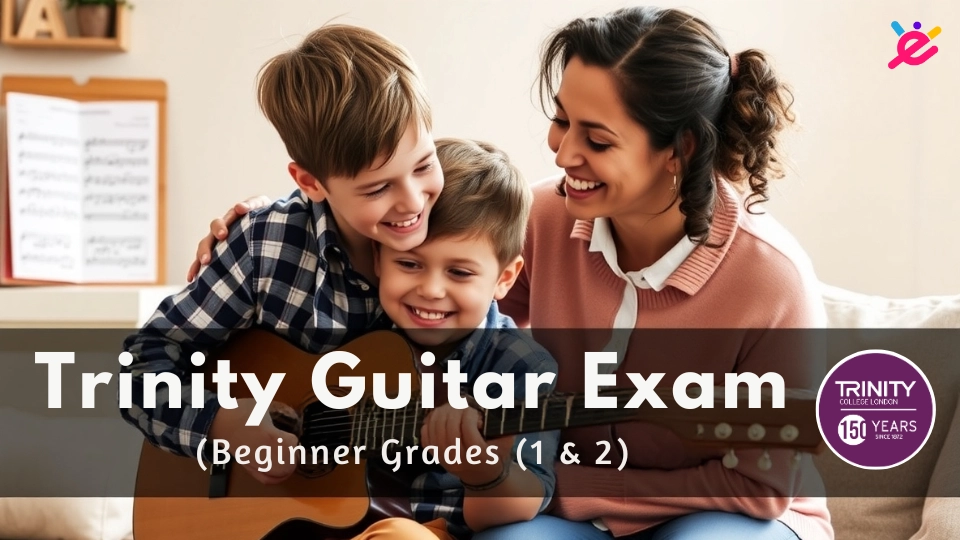I was always fascinated by Rubik's Cube. It's the only toy that has similar benefits to playing chess. Every time I came across this toy, I couldn't help but be amazed.
However, I couldn't match the colors even on one side until a friend of mine explained the notations and algorithms of the cube. I have explained everything you need to know about the cube in this blog.
I have pointed out the necessary details you need to know before solving it. So, without any further delay, here’s the introduction to Rubik’s Cube.
- The layers
- Conclusion
- FAQs
- 1. What is a Rubik's Cube?
- 2. How many squares are on a standard Rubik's Cube?
- 3. Why is the Rubik's Cube so popular?
- 4. How do you solve a Rubik's Cube?
- 5. Are there different types of Rubik’s Cubes?
- 6. What are some benefits of solving a Rubik’s Cube?
- 7. Can children learn to solve a Rubik's Cube?
- 8. How long does it take to learn to solve a Rubik's Cube?
- 9. Where can I purchase a Rubik's Cube?
- 10. Are there competitions for Rubik's Cube solving?


The layers
1. Layer First, you need to know the layers
A Rubik’s Cube is a 3×3×3 cube with three horizontal layers: top, middle, and bottom. When solving, it’s helpful to think in layers, tackling one layer at a time.
The layer-by-layer method, also called the beginner’s method, is a popular first approach for anyone learning to solve the cube.
2. Faces As it’s a cube, this toy has 6 faces
Each side of this cube is called a face.
3. Body of Rubik’s Cube
The sides of a standard Rubik's Cube are 5.6 centimeters each. On the whole, the puzzle is made of 26 tiny cubes. These are known as "cubies" or "cubelets". Interestingly, each side is fixed together through an internal core.
4. Centre Pieces
There is a total of 6 center pieces or cubelets fixed with the internal core, which never move. Think of them like single tiles but fixed to the core. Each color on the cube—white, blue, orange, yellow, green, and red—has its own center piece.
In a solved cube, white is opposite to yellow, red is opposite to orange, and green is opposite to blue.
But why are center pieces so important?
While solving the cube in layers, you will be trying to find the tiles that match the center piece. In short, center pieces are like a compass while you are in the adventure of solving a Rubik’s cube.
5. Edge Pieces
In a 3×3×3 cube, there are 12 edge pieces in total.
But what is an edge piece?
An edge piece on a Rubik’s cube is the tile where it has two visible tiles with two different colors.
6. Corner Pieces
Look at the cube carefully. You will find tiles that come in three colors. Those tiles are called corners pieces. As it's a cube, there are eight corners. Therefore, there are 8 corner pieces in a Rubik's cube.
7. Face Keys
Well, we already know what face is when we are talking about the cube. So, now, it's our turn to learn how they are referred to. In the world of Rubik’s cube, each face has a dedicated letter to make it easy for everyone to understand. The up face is referred to as U.
The down face is referred to as D. The left face is referred to as L. The right face is referred to as R. The front face is referred to as F. The back face is referred to as B.
8. Moves or Movements
I understand it’s a lot of information for beginners. So, I am listing down all the basic moves before explaining them to avoid any confusion.
U U' D D' L L' R R' F F' B B' Let’s begin this section by picturizing a few motions. Try to imagine that you are closing a bottle by tightening the cap. Now, ask yourself:
In which motion are your fingers working?
It's clockwise. While solving the
Up Face
Rubik’s cube, the CLOCKWISE movement is referred to as U, and the ANTICLOCKWISE movement is referred to as Uꞌ.
If you are finding it hard to imagine anticlockwise movement on the cube, try to think in which direction you open a bottle. It's anticlockwise! Similarly, when you are trying to work on the
Down Face:
CLOCKWISE
movement is referred to as D.
ANTICLOCKWISE
movement is referred to as Dꞌ.
Again, when you are moving the left face of the cube 90 degrees counter-clockwise, it’s called L move. And when you are moving the left face of the cube 90 degrees clockwise, it’s called L’ move.
In the case of moving the right face of the cube 90 degrees clockwise, it’s an R move. And moving it in 90 degrees counter-clockwise, it’s called R’ move.
Next, we have F move. When you rotate the front face of the cube in 90 degrees clockwise, it’s called F move, and when it’s 90 degrees counter-clockwise movement, it’s called F’ move. Lastly, we have B and B’ moves.
If you are rotating the back face, the 90 degrees clockwise is B move and the 90 degrees counter-clockwise movement; it's called B’ move.
9. Algorithms
Once you get familiar with the Rubik’s cube and the related terms, the next step is learning algorithms.
What is an algorithm in Rubik’s cube?
An algorithm is nothing but a series of moves, sequenced like a recipe to solve the cube. In short, algorithms are like formulae to solve the cube.
To conclude, expensive perusers, this web journal is an presentation to the nuts and bolts of the Rubik's 3d shape. If you go through the over focuses, you will doubtlessly start to comprehend the manuals, informational, and calculations.
To know how to unravel the 3d shape, keep taking after us. P.S. I understand it's a challenging task to solve the cube. I suggest practicing regularly.
But if you still think you are stuck in between following algorithms, please hire a professional cubemaster. Frequently Asked Questions about "Introduction to Rubik’s Cube"
Conclusion
The Rubik's Cube is not just a puzzle but a way to engage your mind and enhance cognitive skills. Whether you are a beginner or an advanced cuber, understanding the basics and seeking out resources can help you improve your solving abilities. Happy cubing!
FAQs
1. What is a Rubik's Cube?
The Rubik's Cube is a three-dimensional combination puzzle invented in 1974 by Hungarian architect Ernő Rubik. It consists of a cube made up of smaller colored squares, and the objective is to twist and turn the sections to align all sides of the cube to show a single solid color on each face.
2. How many squares are on a standard Rubik's Cube?
A standard Rubik's Cube has 54 colored squares. Each of the six faces of the cube has 9 squares (3x3), totaling 6 faces. While the visible squares are 54, the center squares do not move, serving as the color reference for each side.
3. Why is the Rubik's Cube so popular?
The Rubik's Cube gained popularity due to its challenging nature, promoting problem-solving skills and critical thinking. It also became a cultural icon in the 1980s and has maintained a dedicated community of enthusiasts, competitions, and innovative solving techniques.
4. How do you solve a Rubik's Cube?
The most common method for solving a Rubik's Cube is the Beginner's Method, which involves a sequence of algorithms and steps. Typical steps include solving the first layer, completing the middle layer, and then working on the last layer with specific algorithms to orient and position the cubes correctly. Resources such as online tutorials and apps can assist beginners in learning these methods.
5. Are there different types of Rubik’s Cubes?
Yes, there are various types of Rubik's Cubes, including the 2x2 (Pocket Cube), 4x4 (Rubik’s Revenge), 5x5 (Professor’s Cube), and many others. There are also shaped cubes like the Pyraminx and Skewb, as well as custom and novelty cubes that add unique challenges and designs.
6. What are some benefits of solving a Rubik’s Cube?
Solving the Rubik's Cube can enhance cognitive abilities, improve memory, and develop spatial awareness. It also promotes patience and perseverance as individuals learn to solve the cube systematically. Additionally, it provides a rewarding sense of accomplishment upon mastering the puzzle.
7. Can children learn to solve a Rubik's Cube?
Yes, children can learn to solve a Rubik's Cube! Many resources are available that cater to younger audiences, using simple explanations and visual aids. Learning to solve the cube can be an engaging way to develop problem-solving skills and boost confidence.
8. How long does it take to learn to solve a Rubik's Cube?
The time it takes to learn to solve a Rubik's Cube varies by individual. Some people can learn the Beginner's Method within a few days, while mastering advanced methods may take weeks or months of practice. Regular practice and using step-by-step tutorials can significantly accelerate the learning process.
9. Where can I purchase a Rubik's Cube?
Rubik's Cubes can be purchased at various retailers, both online and in-store. Popular online platforms such as Amazon, eBay, and specialty puzzle shops offer a wide selection of cubes and accessories.
10. Are there competitions for Rubik's Cube solving?
Yes, there are numerous competitions held worldwide, often organized by the World Cube Association (WCA). Competitions include various events that test speed and skill across different types of cubes and puzzles, attracting both casual and professional solvers.
Feel free to reach out if you have more questions or need further information about the fascinating world of Rubik's Cubes!




.png)
.png)
Comments